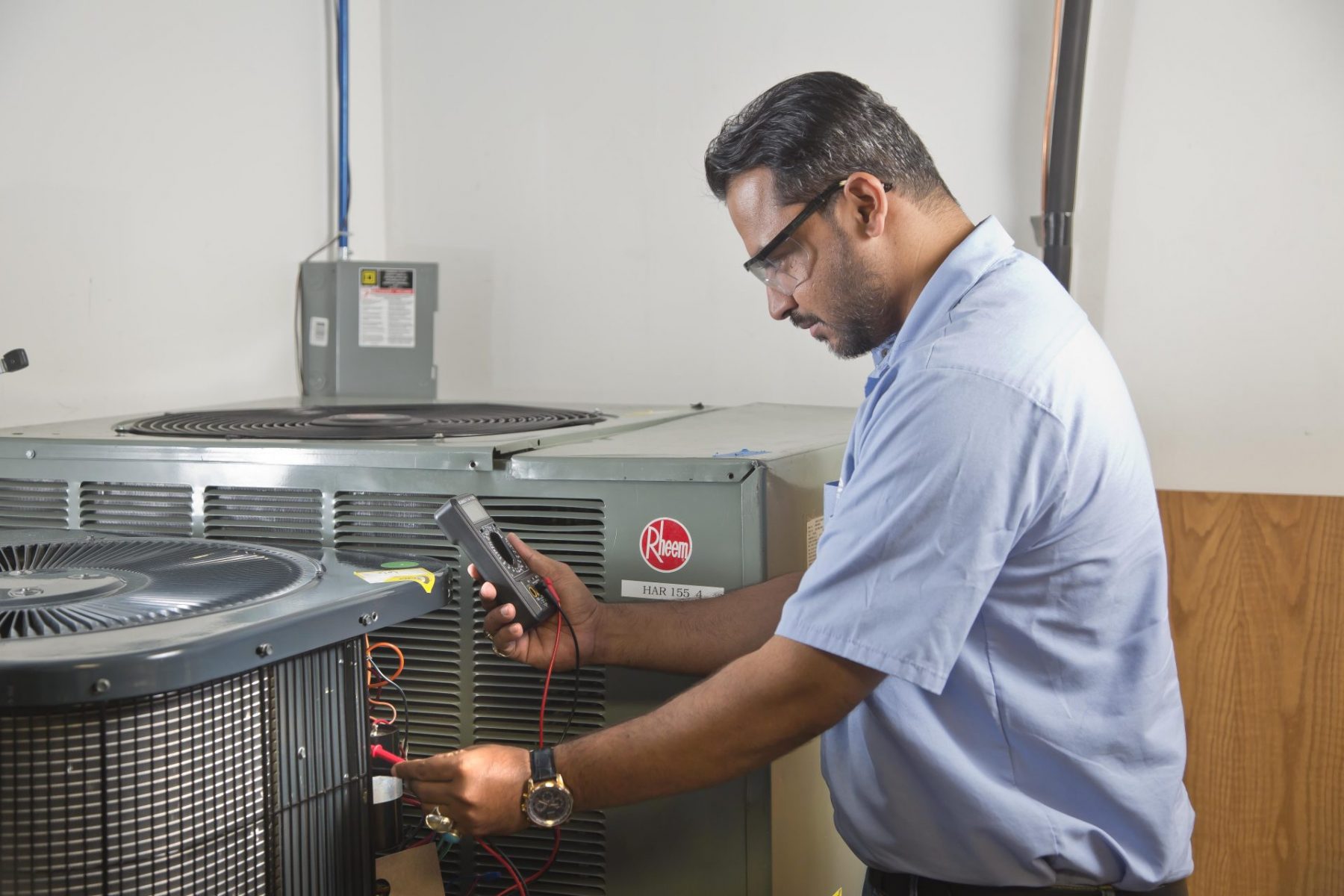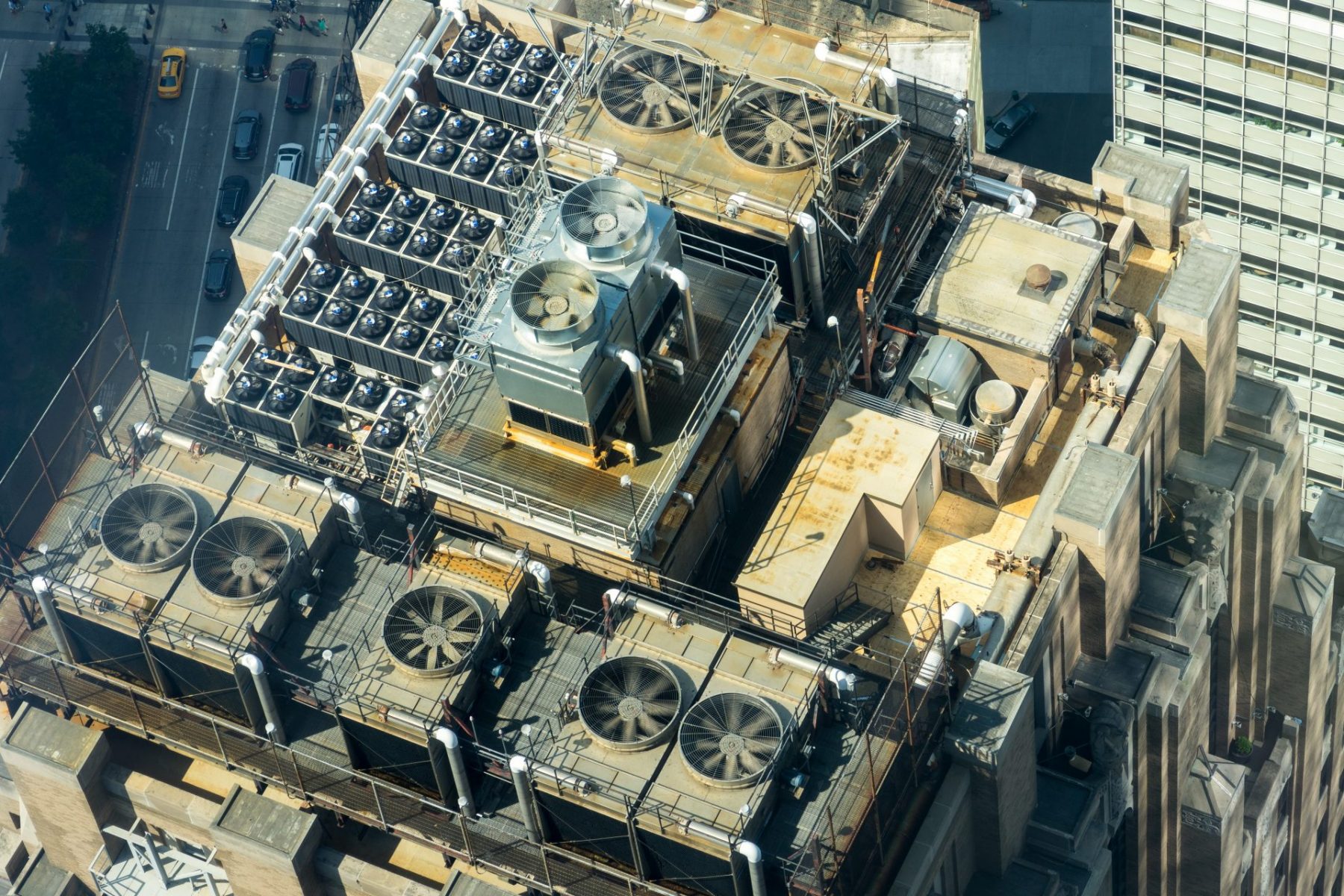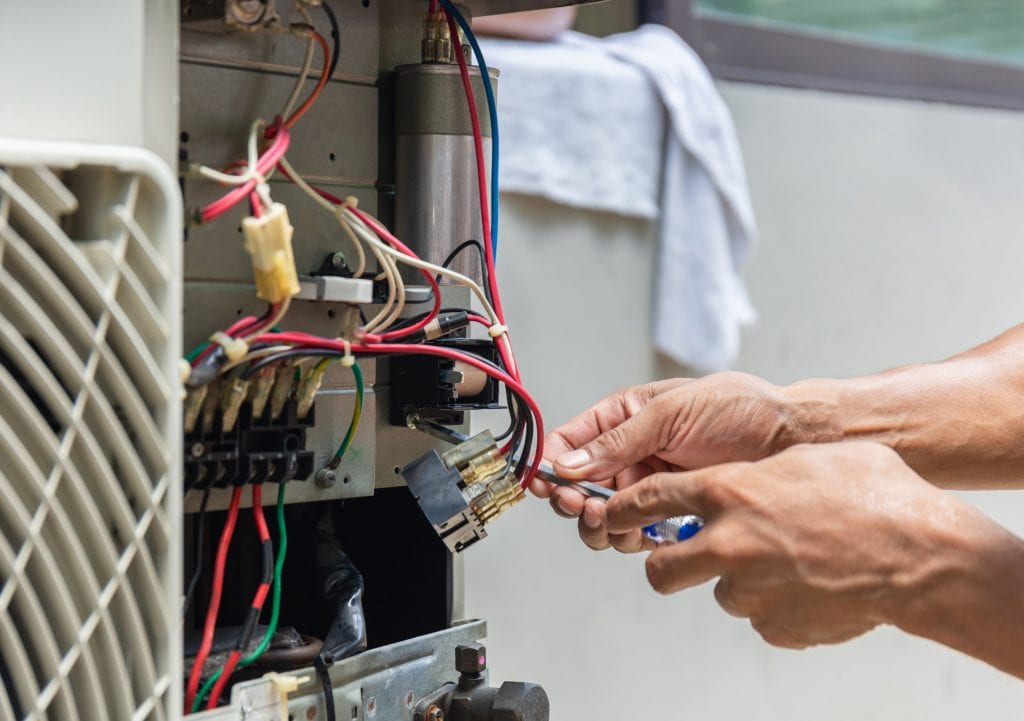Let’s face it: No one wants to deal with HVAC airflow issues. HVAC (short for “heating, ventilation, and air conditioning”), may seem like a topic that is easily addressable when approached through a holistic perspective of how air conditioning functions inside of a house. Unfortunately this is specialized knowledge that is mostly limited to the minds of the lucky folks who have received specialized HVAC training. But while many HVAC airflow issues can only be addressed by these professionals, some of the most common HVAC air flow problems don’t require HVAC training.
Obstructed Air Supply Registers
Supply registers are crucial components of every HVAC system that are often overlooked when diagnosing common HVAC airflow issues. Registers are essentially the decorative covers that sit on top of vents — oftentimes they feature open-and-shut venting functionality. It may seem like common sense, but sometimes these registers can be obstructed by furniture or artwork. Before you begin troubleshooting your HVAC issues, check to make sure all of your registers are open and not partially covered by anything else in your home..
Blocked Air Filtration Systems
Sometimes air filters can get clogged and lead to airflow that is drastically reduced both in terms of quality and quantity. No one wants weak, dirty, and/or potentially stinky air being blown in their direction — let alone being circulated all throughout your home or office building! In order to fix a blocked air filter, simply install a new air filter. The instructions for how to install a new air filter vary depending on the make and manufacturer, but oftentimes there are directional guides that accompany purchased air filters.
Leaking Ducts
On the opposite end of things, HVAC systems can also be inefficient. If air conditioning vents are improperly sealed or not properly connected, then this will ultimately result in less air being circulated around your home. In order to fix leaking ducts, you’ll first need to locate the origin of these leaks. Sometimes this is a task better suited to professionals, but this often depends on the size and complexity of the HVAC system. A good rule of thumb is that if you begin investigating leaking ducts but cannot identify the source of these ducts, then it is probably a good idea to call a professional who specializes in airflow issues.
Cleaning Dirty Coils
It’s important to understand that air conditioning units contain condenser coils; these coils release the heat that is removed from the rooms in our building or home. If your air conditioning unit is located outside, then these coils are exposed to weather and the elements. They can also get dirty enough that they do not release the heat. If this is the case, then you will notice that there is far less heat than is necessary to warm the home to your liking. Let’s face it: No one wants to deal with HVAC airflow issues. HVAC (short for “heating, ventilation, and air conditioning”), may seem like a topic that is easily addressable when approached through a holistic perspective of how air conditioning functions inside of a house. Unfortunately this is specialized knowledge that is mostly limited to the minds of the lucky folks who have received specialized HVAC knowledge. But while many HVAC airflow issues can only be addressed by these professionals, some of the most common HVAC air flow problems don’t require HVAC training.
Refilling Low Refrigerant
Sometimes if the air isn’t cool enough in your home, then the simple need is to refill the air conditioning system’s refrigerant. Refilling low refrigerant is something that often can be done by anyone — but first it’s worth checking with a professional to make sure you are refilling the refrigerant to the correct levels. If you are at all unsure about how to optimally refill the refrigerant needed for what your HVAC system needs, then your best bet will be to schedule at least a short ac unit consultation with your HVAC technician.
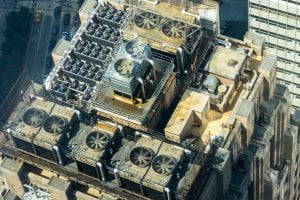
AC Repair and Troubleshooting Guide
If it’s 90 degrees outside and humid, you undoubtedly look forward to being nice and cool in your airconditioned home. What would you do if the air conditioning suddenly went out? Would you know how to do AC repair? Take a look at this AC repair and troubleshooting guide because it could show you how
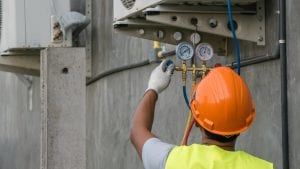
Everything You Wanted to Know About HVAC Installation
An air conditioner operates by taking in warm air and pulling it over a coolant system. In an HVAC system, there is also a heating component that can be adjusted depending on whether you want your home to be cooler or warmer. HVAC Installation Guide The air conditioning unit is a key component of your
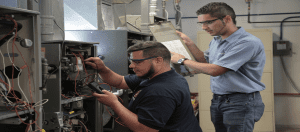
Avoid Costly Repairs Using These Helpful HVAC Maintenance Tips
Chicago weather runs a range of seasons and weather conditions, sometimes within a span of 24 hours. That means high-performing HVAC systems that can be started at the drop of a hat are key to maintaining comfortable indoor conditions. However, they can’t optimize your home’s comfort if they don’t work or need repair. Repairs can
When to Consider Hiring a Professional
Although there are many common HVAC airflow issues that can be solved by nonprofessionals, there are still many more that require advanced HVAC training such as what can be learned from Chicago’s Coyne College. If you find yourself still unable to solve the airflow issue that is causing you and your loved ones trouble, then you should consider contacting an HVAC specialist. If you are unsure how to evaluate the quality of your professional’s education—or if you are simply curious about what such programs can offer—then it’s worth taking a look at the training program offered by Coyne College’s HVAC program.

